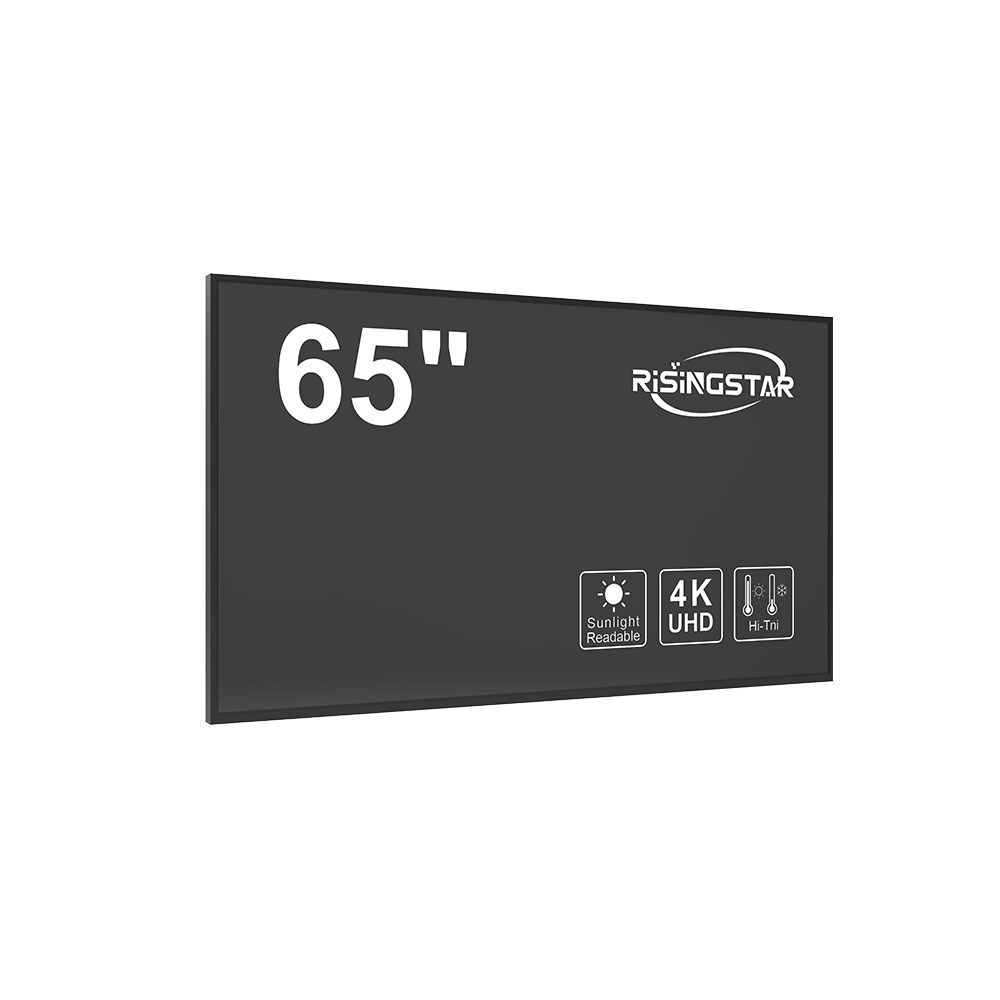
Privacy statement: Your privacy is very important to Us. Our company promises not to disclose your personal information to any external company without your explicit permission.
Outdoor LCD screens are essential for digital signage in environments ranging from busy city centers to remote industrial sites. Their performance directly impacts brand visibility, operational efficiency, and audience engagement. However, selecting the right outdoor LCD screen involves more than just choosing a bright display—it requires understanding key technical specifications, environmental factors, and long-term durability standards.
The introduction of this guide begins with the importance of proper selection: an improperly chosen outdoor LCD can suffer from poor visibility in sunlight, premature failure due to heat or moisture, or excessive power consumption. These issues not only affect performance but also increase total cost of ownership (TCO). Industry experts at the Society for Information Display (SID) and the International Electrotechnical Commission (IEC) emphasize that outdoor displays must meet specific environmental protection ratings such as IP65 or higher for dust and water resistance.
In the main body, we explore critical parameters: brightness levels, typically measured in nits, where 5,000–7,000 nits are recommended for full sun exposure; contrast ratio, which ensures text clarity even under direct sunlight; and display technology—LED-backlit LCDs offer better uniformity than traditional CCFL backlights. Additionally, thermal management systems, like passive heatsinks or active cooling fans, prevent overheating in hot climates. According to a 2023 study by Display Supply Chain Consultants (DSCC), over 60% of outdoor LCD failures occur due to inadequate thermal design rather than component defects.
Another vital factor is the viewing angle and weatherproof enclosure. For public-facing applications, a wide viewing angle (≥178°) ensures content remains legible from multiple positions. Enclosures should be made from corrosion-resistant materials like aluminum or stainless steel, and equipped with anti-glare coatings to reduce reflections. Case studies from companies like LG Electronics and Samsung show that installations using UL-certified enclosures last up to 30% longer in coastal regions with high salt exposure.

Finally, energy efficiency and maintenance requirements matter. High-efficiency LED modules and smart power-saving modes can reduce electricity costs by up to 40%, according to the U.S. Department of Energy’s Lighting Research Center. Remote monitoring via IP-based diagnostics also reduces downtime and labor costs—a key advantage for large-scale deployments in retail, transportation, and utility sectors.
In conclusion, choosing an outdoor LCD screen isn’t a one-size-fits-all decision. It demands a balance between brightness, durability, energy efficiency, and environmental adaptability. By following industry best practices and leveraging real-world data from leading manufacturers and standards bodies, businesses can ensure optimal ROI and long-term reliability for their outdoor digital signage investments.
2025-07-31
43/49/55 Inch 4000 Nits LCD Display2025-07-31
Industrial Lcd Screen 10.1 InchEmail to this supplier

Privacy statement: Your privacy is very important to Us. Our company promises not to disclose your personal information to any external company without your explicit permission.